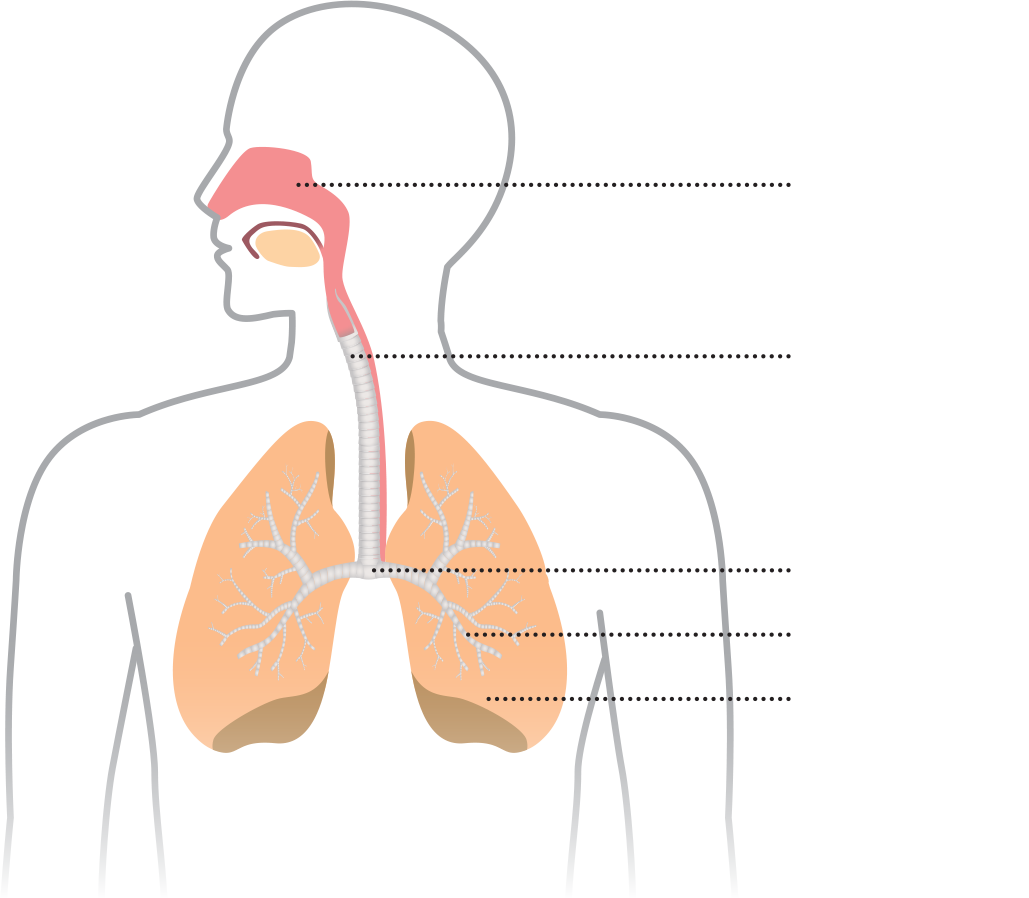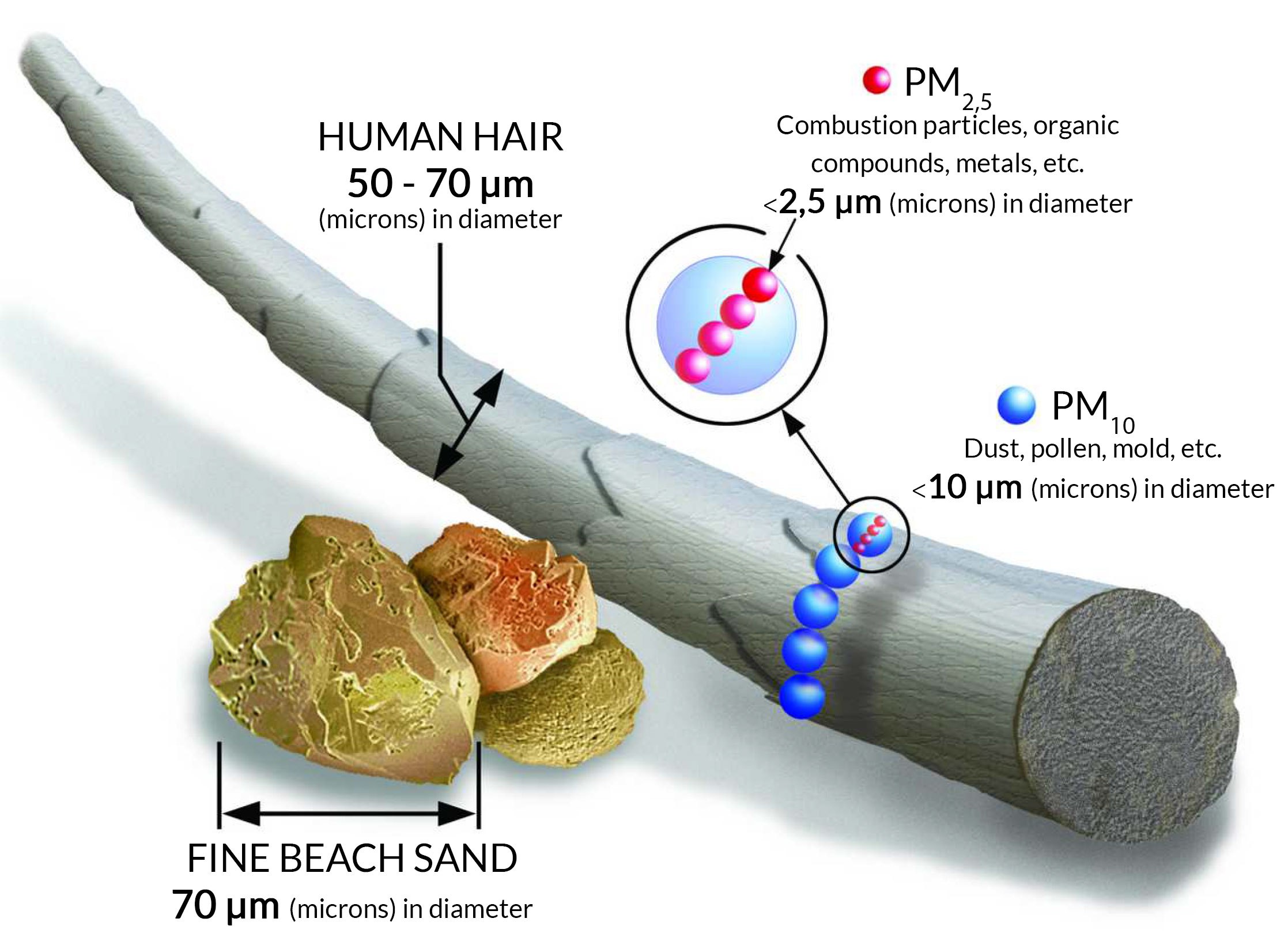ISO 16890 Standard
From July,1, 2018, the EN ISO 16890 standard for filters and filtration will replace the previous standard EN 779. The main difference between the standards is that ISO 16890 requires testing the efficiency of filters over a wider range of particles, thus providing additional information on the efficiency of particles of different sizes. The world’s leading health organizations consider the PM10, PM2.5 and PM1 fine dust fractions to be the most important and dangerous to humans. Their official documentation to the public always refers to these PM levels. It is therefore logical that the test methods and classifications of the filters follow this approach in order to demonstrate the filtration efficiency for the most harmful fine dusts.
ISO COARSE – is a filter class range that emits less than 50% PM10 particles.
ISO ePM₂‚₅ – refers to a resolution of 0.3 μm particles.
ISO ePM₁₀ – refers to a particle resolution of 0.3 μm to 10 μm.
ISO ePM₁ – refers to a particle resolution of 0.3 μm to 1 μm.
Airborne particles smaller than 1 μm need the most attention – they are the most dangerous, the most persistent and the most common. The lighter and smaller the particle, the longer it stays in the air.
Particles smaller than 1 μm do not represent more than a few percent of the mass of airborne dust, while at the same time accounting for more than 90% of the numerical amount.
The classifications of ISO 16890 filters are divided according to the areas where fine particles in the human lungs are deposited. The aerodynamic diameter of the particles (μm) and the human lung area where the particle is most likely to be deposited.

- 5 – 10 μm Nose and tongue
- 3 – 5 μm Trachea
- 2 – 3 μm Bronchi
- 1 – 2 μm Bronchioles
- O,1*- 1μm Alveoli
* ISO 16890 does not describe the efficiency of filters for particles smaller than 0.3 μm.
PM1 – the smaller the more dangerous
The health effects of PM1 particles have been extensively studied. Some research findings:
Fine particles with a diameter of 0.25 μm to 0.5 μm have been associated most with human health hazards, especially in terms of increased risk of cardiovascular disease.
Particles with a diameter of 1 μm or less are small enough to reach the human blood circulation through alveolar cell membranes.
Fine particles can interfere with the functioning of the human nervous system if they enter the respiratory tract.
The main difference between EN779 and ISO 16890
- The EN778 filter test method only takes into account particles of 0.4 μm.
- The test method of ISO 16890 filters takes into account particles between 10 μm and 0.3 μm.
EXAMPLE:
The following efficiency values were obtained when testing the filter:
| ISO ePM₁₀ | 89% |
| ISO ePM₂‚₅ | 63% |
| ISO ePM₁ | 49% |
- A minimum efficiency of 50% is achieved for ISO ePM10 and ISO ePM5, but only 49% for ISO ePM1, which is not sufficient to achieve filter classification.
- The possible ISO groups are therefore ISO ePM5 and ISO ePM10
- If the ISO ePM5 group is selected, the 63% value is rounded to 60%.
Thus, for example, the filter classification ISO ePM2.5 60% means that this filter is able to remove 60% of 2.5 μm or smaller particles from the air.
As a direct comparison is not possible, different comparison tables are presented. Here is the most common:
ePM₁ |
ePM₂‚₅ |
ePM₁₀ |
Coarse |
||||
| 95% | F9 | 95% | F7 | 95% | M6 | 95% | G4 |
| 90% | 90% | 90% | 90% | ||||
| 85% | 85% | 85% | 85% | ||||
| 80% | 80% | 80% | 80% | ||||
| 75% | F8 | 75% | 75% | 75% | |||
| 70% | 70% | 70% | 70% | ||||
| 65% | F7 | 65% | 65% | 65% | |||
| 60% | 60% | M6 | 60% | M5 | 60% | ||
| 55% | 55% | 55% | 55% | G3 | |||
| 50% | 50% | 50% | 50% | ||||



